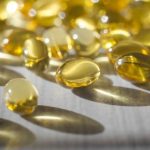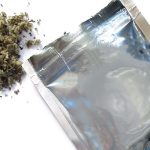
Cronobacter sakazakii has been in the news as the cause of infant infections and the reason for a U.S. baby formula recall and resulting shortage this year. Infections are rare and the bacteria is harmless for most people. Yet it can be dangerous or even life-threatening for infants, especially those who are younger than 2 months old, are premature, are immunocompromised or have low birth weight. The U.S. Food and Drug Administration offers some tips for staying safe from this germ, which can live on most surfaces and survive easily in dry food and drink, such as starches, herbal teas and infant formula powder. The bacteria can also live on bottles and come into homes and factories on hands or the soles of someone’s shoes. While liquid formulas go through certain sterilizing treatments during production, powders do not, according to the FDA. So, one way to avoid the bacteria is to use ready-to-feed infant liquid formula, as recommended by the U.S. Centers for Disease Control and Prevention, for infants who are at higher risk. Another is to prepare powdered formula with water that is at least 158 degrees Fahrenheit, then allow it to cool before feeding an infant. This option isn’t possible for certain metabolic and specialty products, which warn against heating above 100 degrees F because it could result in a loss of vitamins… read on > read on >


















